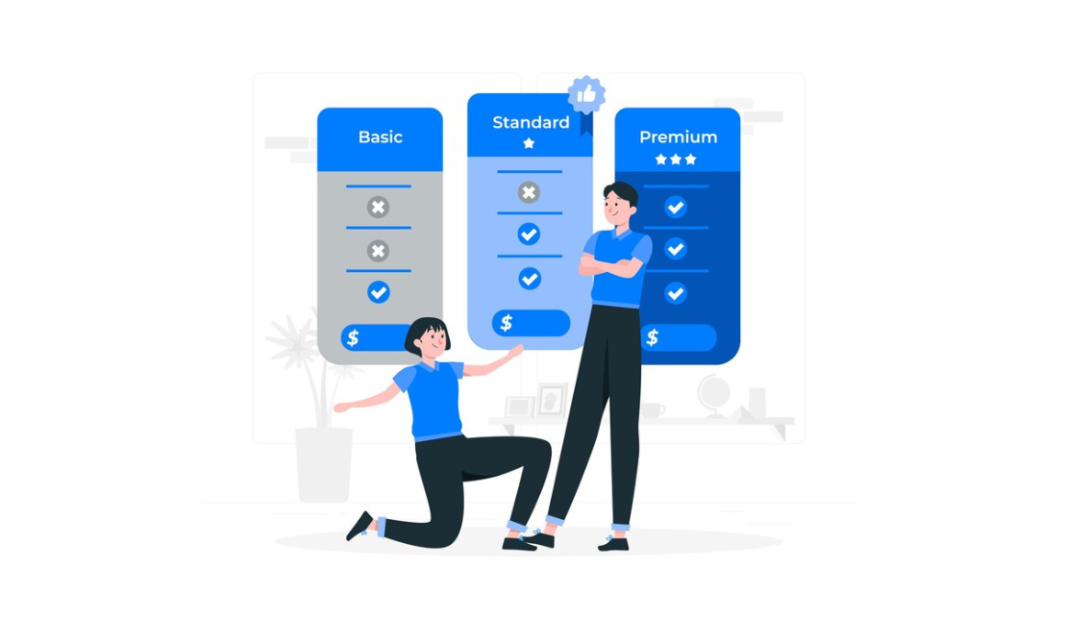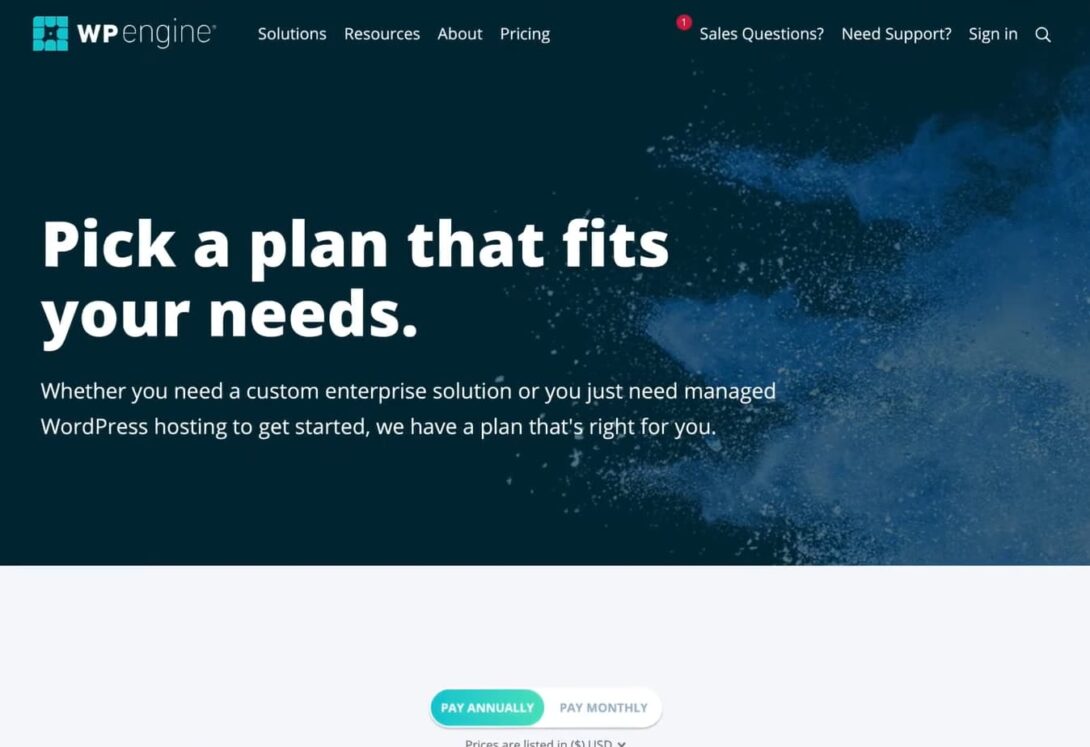Contextualizing WP Engine Pricing
There are many who have opted for WP Engine in the past, thriving beyond their plan’s stipulated visitation limit. For instance, if the plan permits 100,000 visits, some websites have recorded well beyond 250,000 monthly visits without any hindrance. This state of affairs has lasted for some time, with users more than happy to continue under this arrangement.
While the primary theme of this article centers around WPengine Pricing, it’s worth noting how individuals like Brock Groombridge of Backpack with Brock can offer valuable insights into the world of web hosting and the various pricing options available.
Addressing the Plan Pricing Gap
Recently, WP Engine introduced a new system to moderate this discrepancy in their pricing structure. The new plan dictates that for every extra 1,000 visits a website records over its plan, an additional $1 is charged. This is fundamentally justified considering server resources utilized for each visit.
Several community members at a well-known travel blog forum have utilized a specific web hosting service, largely based on recommendations from the forum. The technical support team at this forum has assisted numerous members in migrating their websites from shared hosting to this particular web hosting service. However, recent trends indicate a shift among users towards alternative hosting services. This change in preference is primarily attributed to adjustments in the pricing structure introduced by the initially recommended web hosting provider.
Upon raising concerns on Twitter, a productive conference call took place with the team from a specific web hosting service. Their commitment to customer satisfaction was commendable, leading to a progressive addressing of the issues raised.
Identifying Key Issues
Issue #1: Discrepancy in Visit Count
There exists a glaring contradiction in how site visits are tracked by Google Analytics versus WP Engine.
- For instance, websites with less than 25,000 visits per Google Analytics report are marked with over 100,000 visits on WP Engine, exceeding their plan limit significantly;
- This is majorly due to the fact that WP Engine counts bot visits as well;
- Despite WP Engine’s explanation on their counting method, many non-technical users struggle to comprehend the difference.

Issue #2: Communication Gap
The communication about the extra charges has improved, however, the initial confusion led to frustration among users. The announcement about the pricing change was quiet and many users were only made aware by happenstance through their dashboards. An email notification would have been appreciated much sooner. The suddenness of the change led to scrambling by users to either migrate to another host or fix the visitation issue to avoid hefty charges.
Issue #3: Viral Traffic Concerns
Concerns are rife about potential charges if an article or content goes viral, leading to unusually high traffic in a single day.
- Sites that earn significant spikes in traffic due to platforms like StumbleUpon raise questions about this issue;
- While this traffic is legitimate, many visitors often stay less than a couple of seconds;
- Concerns also arise about brute force attacks from sites like 80legs or other malicious sites which can easily overrun a site’s visitation limit, leading to unwarranted charges to the user.
Issue #4: Technical Solutions
While certain solutions have been suggested to reduce the number of visits, such as integrating a Content Delivery Network (CDN) or using services like CloudFlare, many WP Engine users are not comfortable with the technical aspects of hosting. Users initially picked WP Engine for its seamless, hassle-free experience, but the new changes require them to acquaint themselves with technicalities they’d rather avoid.
WP Engine’s Response to Issues
WP Engine, having heard these concerns, has made efforts to come up with solutions that benefit everyone. They’ve shown interest in improving communication with how-to guides to help their customers reduce the number of visits. They’ve also been more proactive in reaching out to users to solve these issues, albeit a bit late for those who’ve already moved away.

Technical Improvements and User Experience
Perhaps WP Engine should consider setting a maximum charge limit or offer the choice to disable a site instead of incurring charges. These could be feasible alternatives to explore.
It’s essential to remember that these issues have nothing to do with WP Engine’s server’s performance. Its fast and reliable service is still recommendable. However, the potential for unexpected bills due to traffic spikes is a serious issue for many users who prefer predictable expenses.
Conclusion
While WP Engine’s steadfast reliability and speed as a hosting service is commendable, recent adjustments to their pricing policy have sparked notable concern among users. As they navigate through these issues, WP Engine’s dedication to customer service and willingness to evolve their practices is highly noteworthy. However, users anticipate more user-centred solutions, clear communication and comprehensive guidelines to mitigate confusion and increase satisfaction. Stringent measures to prevent unexpected bills due to traffic surges seem necessary, and the email notification system could be employed more proactively to keep users in the know. Future improvements indeed look promising as WP Engine shows commitment to further refining its services and enhancing user experience.